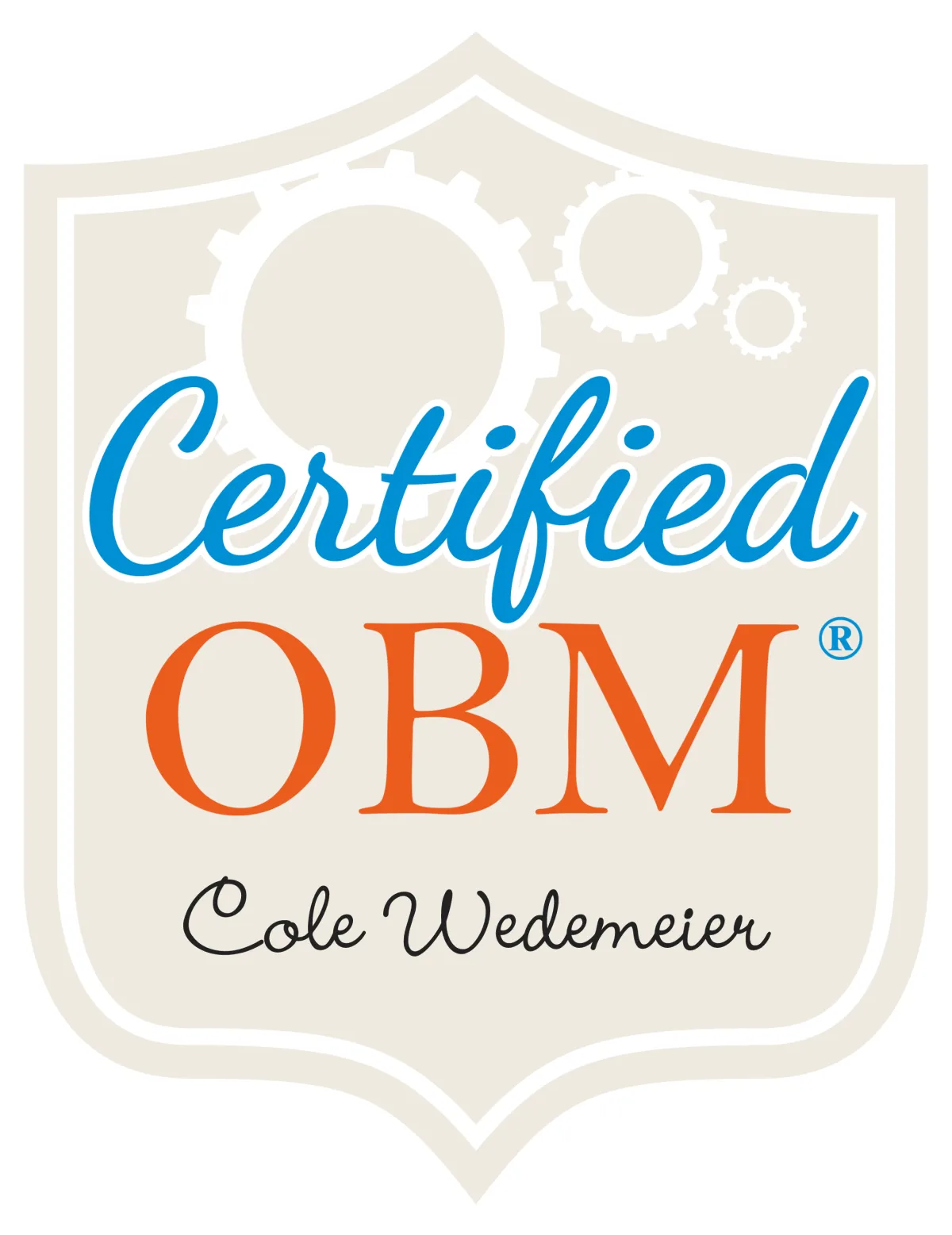

8 Ways to Use Business Process Automation in Your Business Analytics
This blog is a part of my Ultimate Guide to Business Process Automation. Check it out for more information.
Understanding the heartbeat of your business can often feel like a daunting task. But with the right tools, it doesn’t have to be. Let me walk you through how I’ve transformed my understanding using automation.
1. Tracking Lead Origins
Knowing where my leads come from isn’t just useful, it's essential. Whether it’s a captivating lead magnet, a fruitful collaboration, or a glowing referral, automation pinpoints the source. This lets me strategically allocate resources, ensuring I'm not just shooting in the dark.
2. Evaluating Collaborations
Collaboration can be fruitful, but not all yield the same results. By tracking how many people approach me post a podcast or after a conference speech, I can discern which platforms resonate with my audience and which might need a rethink.
3. Lead Conversion Rates
Beyond sourcing, automation also decodes how effectively these leads transform into customers. If, say, a lead magnet isn’t translating to sales, it's an indicator to pivot. Perhaps it’s time to reshape the message or offer.
4. Course Completion Rates
Acquiring customers is one phase; ensuring their satisfaction and success is another. By observing how many engage 50%, 70%, or 90% of my course, I can adjust content to better cater to their needs, making the learning journey more enriching.
5. Product Popularity Analytics
Monitoring sales trends isn’t about numbers, it's about discerning patterns. When I noticed a surge in sales for specific templates, like the sales page templates, it gave me direction. It hinted at where the demand lay and where I should channel my energies.
6. Payment Plan Analytics
It's not always about the grand sales strategy. Sometimes, it's the subtleties. Recognizing which payment plans tend to have more defaults can influence how I structure future offers, ensuring both client convenience and consistent cash flow.
7. Social Media & Client Behavior
Beyond initial lead tracking, it’s crucial to gauge ongoing client behavior. Which services are they frequenting? Which social media channels are most effective? These insights allow for a dynamic business model, always evolving with client needs.
8. Data-Driven Decision Making
With the rich tapestry of data automation offers, my decisions are no longer based on hunches but hard facts. This wealth of information isn't just about assessing the current scenario; it’s a compass, directing where to venture next.
Automation isn’t just a tool—it’s a game-changer. It deciphers the intricacies of my business, highlighting both strengths and areas of improvement. With such insights, I'm not just reacting to the market but proactively shaping my future trajectory. If you haven’t dived into the world of automation for your analytics, now's the time! Still have questions? Feel free to reach out! I’d love to hear from you.

8 Ways to Use Business Process Automation in Your Business Analytics
This blog is a part of my Ultimate Guide to Business Process Automation. Check it out for more information.
Understanding the heartbeat of your business can often feel like a daunting task. But with the right tools, it doesn’t have to be. Let me walk you through how I’ve transformed my understanding using automation.
1. Tracking Lead Origins
Knowing where my leads come from isn’t just useful, it's essential. Whether it’s a captivating lead magnet, a fruitful collaboration, or a glowing referral, automation pinpoints the source. This lets me strategically allocate resources, ensuring I'm not just shooting in the dark.
2. Evaluating Collaborations
Collaboration can be fruitful, but not all yield the same results. By tracking how many people approach me post a podcast or after a conference speech, I can discern which platforms resonate with my audience and which might need a rethink.
3. Lead Conversion Rates
Beyond sourcing, automation also decodes how effectively these leads transform into customers. If, say, a lead magnet isn’t translating to sales, it's an indicator to pivot. Perhaps it’s time to reshape the message or offer.
4. Course Completion Rates
Acquiring customers is one phase; ensuring their satisfaction and success is another. By observing how many engage 50%, 70%, or 90% of my course, I can adjust content to better cater to their needs, making the learning journey more enriching.
5. Product Popularity Analytics
Monitoring sales trends isn’t about numbers, it's about discerning patterns. When I noticed a surge in sales for specific templates, like the sales page templates, it gave me direction. It hinted at where the demand lay and where I should channel my energies.
6. Payment Plan Analytics
It's not always about the grand sales strategy. Sometimes, it's the subtleties. Recognizing which payment plans tend to have more defaults can influence how I structure future offers, ensuring both client convenience and consistent cash flow.
7. Social Media & Client Behavior
Beyond initial lead tracking, it’s crucial to gauge ongoing client behavior. Which services are they frequenting? Which social media channels are most effective? These insights allow for a dynamic business model, always evolving with client needs.
8. Data-Driven Decision Making
With the rich tapestry of data automation offers, my decisions are no longer based on hunches but hard facts. This wealth of information isn't just about assessing the current scenario; it’s a compass, directing where to venture next.
Automation isn’t just a tool—it’s a game-changer. It deciphers the intricacies of my business, highlighting both strengths and areas of improvement. With such insights, I'm not just reacting to the market but proactively shaping my future trajectory. If you haven’t dived into the world of automation for your analytics, now's the time! Still have questions? Feel free to reach out! I’d love to hear from you.



